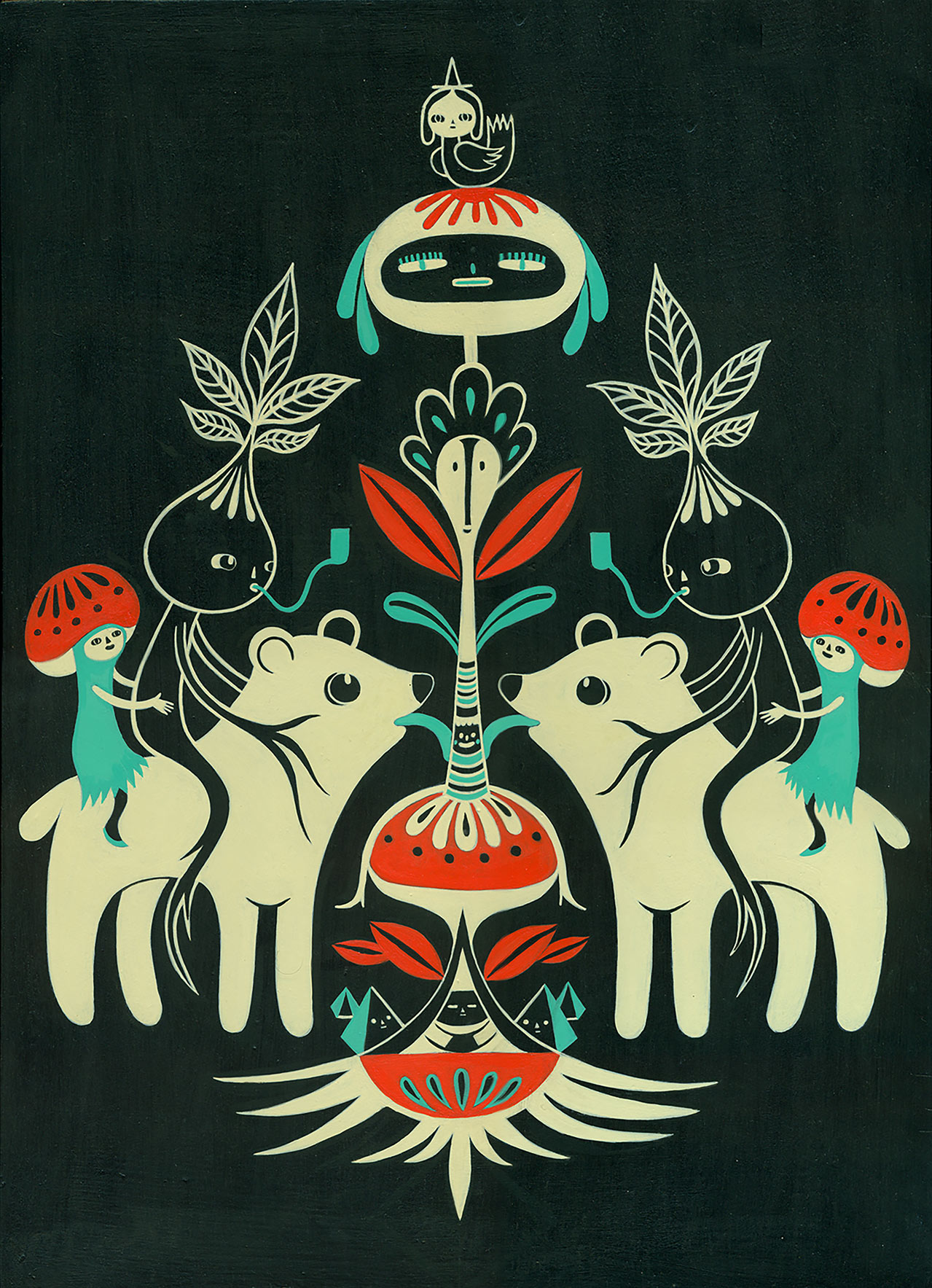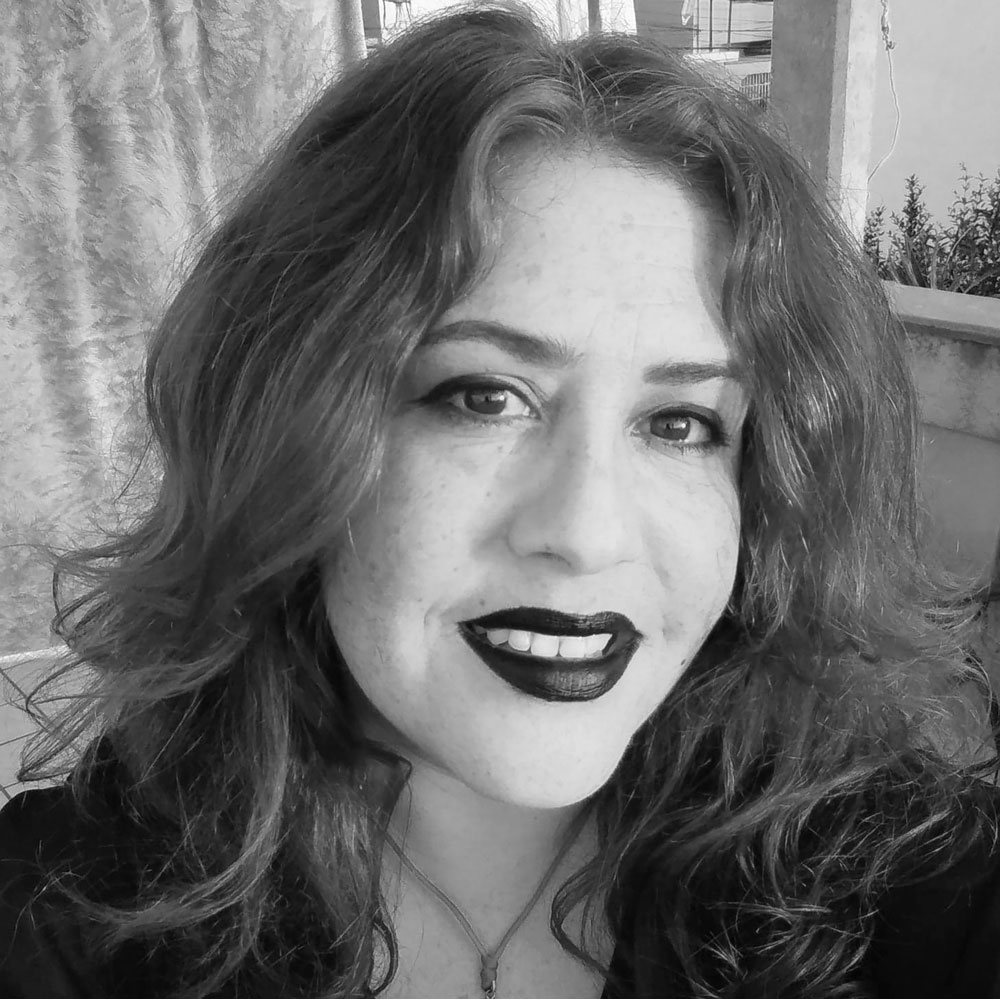
1. How do you define the Tijuana-San Diego region?
Contradictory, enjoyable, cruel, and fascinating. Like all borders, it is a multicultural region with a flow of people from around the world, due to migration, work, and tourism. I feel like this region embodies the myth of opposing kingdoms that might eternally fight and then reconcile over issues, but no matter the political division that exists, there will always be a conversation and human exchange at many levels: familial, cultural, and above all economic.
The battle of two nations at a standstill and unable to unite creates a personal interest in every citizen on each side. It generates an expectation to find new things on one side or the other, and sometimes rejection is found. Along the border, there is always an ingredient of cultural transgression and additionally we constantly get a taste of how sweet other people’s dreams are... the best and worst of both worlds. The border is like other borders around the world, but the Mexican border is distinct because it leads to a double-sided reality, as we simultaneously resist and serve as ambassadors.
2. How do you define your own work?
My work is not serious, it’s playful; there’s a tenderness to it, but I always try to talk about things that seem profound to me. Fantasy and elements of nature are the language I use the most to communicate. My design philosophy is to attempt to see things through the lens of magic and to try to emulate the beauty and mystery of life.
3. How is the geographical context of the Tijuana-San Diego region reflected in your work?
I think that context is not visible because my art and design employ a very universal language. I work a lot with abstraction, and I do not allude to any one culture in particular. I do use visual elements from the roots of Mexican folk arts, but I also have influences from other cultures.

Foi Jiménez is a graphic artist originally from Mexicali and a resident of Tijuana since 1991. She studied Graphic Design at the Universidad Iberoamericana del Noroeste with a specialty in three-dimensional design. She has been a design and illustration teacher for more than 13 years at two universities and private classes in her studio. He has also ventured into other disciplines such as film, video, music, animation, goldsmithing, screen printing, engraving, furniture design, interior design, puppet design, wood sculpture, modeling and ceramics.
She is the creator and founder of the collective coloring book “Rainbow Birds”. With her publishing house “Mecánica Invisible”, designer and illustrator of Promotora de las Bellas Artes A.C. for 13 years and graphic artist at the Finca La Carrodilla Winery in Valle de Guadalupe, Ensenada.
Currently his illustration and design studio is Fio Zenjim Studio, where he works and collaborates with different commercial clients and carries out cultural promotion and his own art. She belongs to the group MArtes, (Women in the Arts) founded in Tijuana. He has exhibited at Jonathan Levine Gallery (NY), Upper Playground MX (CDMX), Arte Contemporáneo 206 (TJ), Giant Robot (SF), Rojo Bermejo (DF), and Pictoplasma (Berlin).
His work has been published by Fantagraphics Books, Juxtapoz Magazine, 100 years of Graphic Design in Mexico by Editorial Artes de México, Communication Arts Magazine, Pictoplasma Publishing, Vogue Magazine, Elle Magazine, Nylon Magazine, El Fanzine, Tierra Adentro, among others.